These easy to grow herbs from seed are the perfect plant to start your kitchen garden without too much time needed to maintain it.
Culinary Herbs To Grow From Seeds
When growing season approaching, you might want to start planting quick-growing herbs from seed. It would save you on budget, and it also gives you quick access to herbs you need for cooking. And some of them even can repel mosquitos.
As an Amazon Associate I earn from qualifying purchases. This post may contain affiliate links. Please see the Disclosure Policy for details.
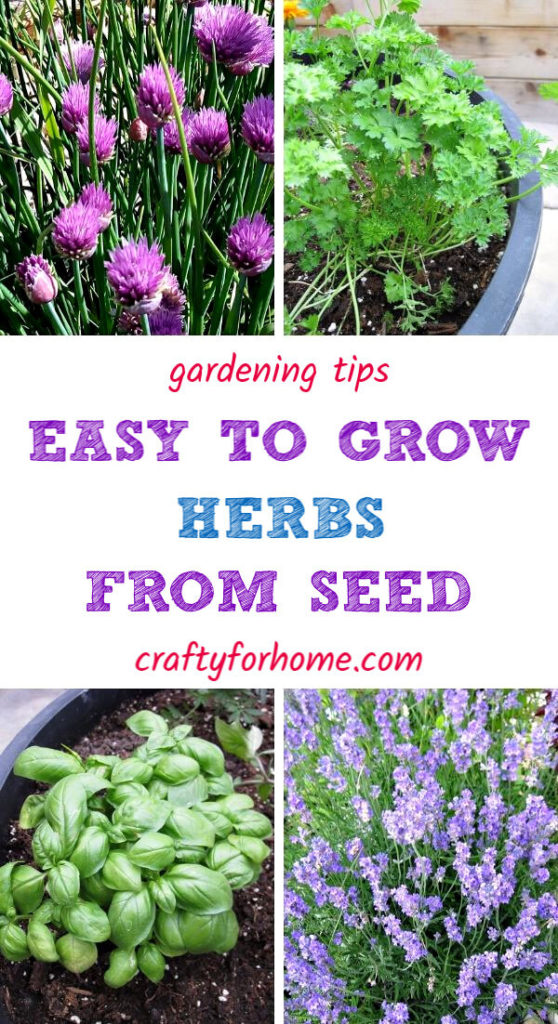
When Is The Best Time To Grow Herb From Seed
I have a short growing season with the new change recently, which is zone 4a. Before was zone 3a. My garden will get a fair amount of warm sunshine from May to early September if we are lucky without hail storm or frost.
To accommodate this short span of the growing season, I would start some of the herb seed indoor around March or April and transplant them outside once the danger of the last frost pass and after finishing the hardening off process. I also direct sow some fast-growing herbs outdoor in early spring.
Read here for What You Need For Seed Starting Indoors.
If you live in a warmer zone and have a long summer, you might want to start planting the herb seed indoors as early as January, based on your growing region.
Some of these herbs can grow all year long too, and some will come back year after year as perennial plants.
Where To Get Herb Seeds
If there is no garden center available in your area, most grocery stores, hardware stores, as well as dollar stores carry herbs seed as early as January. There are also some seed exchange groups online or in your local horticultural club.
Some gardening groups will gladly give you their extra herb seeds or exchange them with other plant seeds. You can even grow herb from your spice rack as long as the seed still whole like coriander, not the powder form.
If nothing available, then you can get them online like this herb starter kit. You will get everything you need to grow herbs from seed in one package.
The package has mint, basil, dill, sweet basil, cilantro, parsley, chives, oregano, and thyme. These are some easy to grow herbs from seed.
Fast-Growing Herbs For Cooking
Here is a list of easy herbs to grow from seed even if you are a beginner gardener. These herbs are well known for some of the most favorite herbs for everyday cooking, so you will have quick access to the culinary herb whenever you need it.
Basil
The pasta dish is not complete without basil. The sweet basil might be the most favorite one to use. But there is more variety you can grow like Thai basil, lemon basil (this is my favorite one), or purple leaves basil and a lot more.
Here is the link to get your basil seed.

Basil is an annual herb for full sun or partial shade. You can start planting basil seed indoors 4 to 6 weeks before the last frost date. You can direct sow basil seed outdoors after the danger of the last frost pass. Here is more info on how to prune basil.
Chives
I grow chive seed indoors 6 weeks before the last frost. Now I have a garden bed full of chives. That because of chives are easy to grow from seed, and you will have great success if you direct sow the seed outdoor too.
Here is the link to get your chive seeds.

Just like mint, chive is perennial for the full sun and will spread all over your garden quickly. Here are tips to prevent the chives growing wild.
- Cut the chives flower stalks when it is ready to go seed.
- Dig some extra chives plant that pops up in some other spot around the garden, make sure you get all the roots.
- Grow chives in a container.
- Harvest the beautiful chive flowers for salad garnish or cut flower filler.
Cilantro
Coriander is the same as cilantro. It comes from the same plant. While cilantro is the common name for the leaves, coriander is the seed.
You can start to grow cilantro from your spice rack. One whole coriander contains few seeds.
Keep in mind that cilantro can go seed quickly. Direct sow the seed in the partial shade every other week in the garden from spring to late summer for continuous harvest.
You can start planting the whole seed directly or prepare it in advance to increase a better germination rate. Here is more info on how to grow cilantro from the coriander seed.
Here is the link to get your cilantro seeds.
Dill
Direct sow dill seeds in the garden after the danger of the last frost pass. Dill grows in the full sun. Dill also will attract beneficial insects that will help your garden grow.
Here is the link to get your dill seeds.
Lavender
A woody perennial that is easy to grow from seed. I plant the Munstead lavender variety 6 to 10 weeks indoors before the last frost.
While it is slow-growing, but lavender is an easy to grow perennial plant and will come back year after year.
I like to brush my hand on the plant to release the lavender scents. Lavender is a Mediterranean plant origin and also well-known to repel mosquitoes.
Grow lavender in full sun and well-drained sandy soil. Lavender is one of the dry tolerant plants and perfect for a rock garden or xeriscape garden.
Here is the link to get your lavender seeds.

If you live in a colder zone as I do, here are helpful tips to attract the heat for growing lavender.
- Grow lavender in a dry, sunny area, and do not overwater it.
- Grow lavender against the wall on the sunny side area.
- Grow lavender by the pathway, sidewalk, or driveway.
- Put the rocks or gravel around the base of the lavender plant.
- If you grow lavender indoor, put the plant close to the sunny window and rotate the plant often so it will get the sunlight evenly.
Mint
Most of the mint family is perennial and easy to grow from seeds for full sun or partial shade. Start the mint seed indoors 6 to 8 weeks before the last frost. Mint also one of the easiest herb to grow from cuttings.
Keep in mind that some mint varieties like spearmint or peppermint are one of the invasive plants. The plant would spread around your garden quickly.
Grow mint in the container to prevent this issue. Here is more info on how to grow mint without taking over your garden.
Here is the link to get your mint seeds.
Oregano
Start oregano seed indoors 6 to 8 weeks before the last frost. The germination might be slow, but it is easy to grow. Transplant oregano seedling outside after the danger of the last frost.
Here is the link to get your oregano seeds.

Oregano is a perennial herb for the full sun. The plant will come back year after year without much care. If garden space is an issue, you can grow oregano in a container.
Parsley
Parsley is a biennial but mostly grown as an annual herb. Start parsley seed indoors 6 to 8 weeks before the last frost. Parsley can be slow to germinate, but you can soak the seed in warm water for several hours to overnight for faster germination.
Here is the link to get your parsley seeds.

Parsley is an excellent companion plant for tomatoes. Parsley also grows wells in a container by itself or combine with any other low growing herbs like chives, basil or sage.
Read also: 10 Best Tips To Grow Tomatoes In A Container.
Sage
This herb also one of the mint families but non-invasive ones. Sage is a woody perennial, but easy to grow from seed.
Here is the link to get your sage seeds.
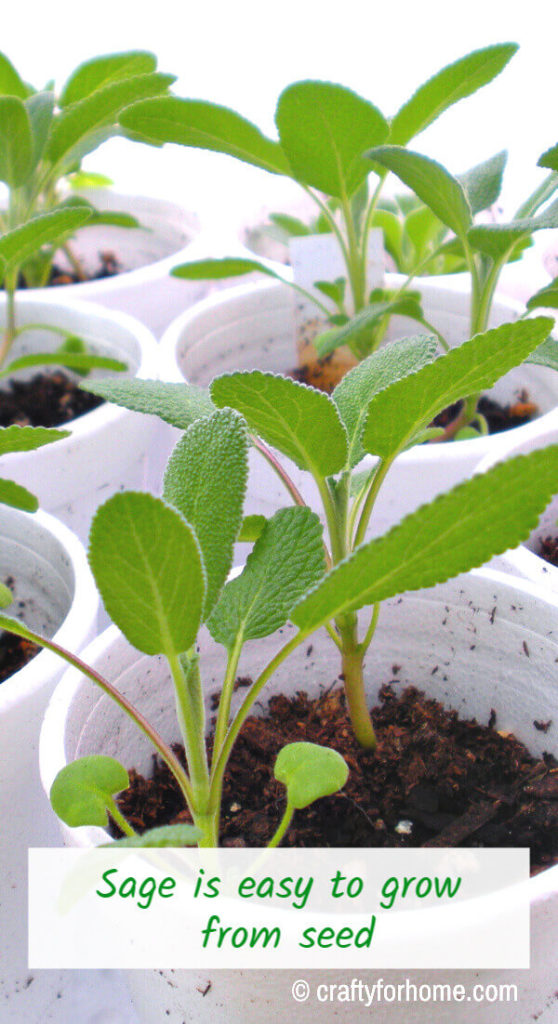
Grow sage seeds indoors 4 to 6 weeks before the last frost pass. Once it is ready to transplant outdoor, you can grow sage in a container or the open space garden in full sun.
Sage won’t take over your garden. The plant will form like a dwarf shrub.
Thyme
Thyme is a perennial herb that grows dense and spread like a mat. Some wild thyme can be invasive, but most of the varieties for cooking will grow in a usual manner.
Here is the link to get your thyme seeds.

Grow thyme seed indoors 6 to 8 weeks before the last frost. Transplant it outside after the danger of the last frost pass.
You can grow thyme in a container if you worry the plant will spread quickly in the garden. Grow thyme in full sun or partial shade.
The Best Time To Pick Fresh Herbs
You can start to harvest the herbs when there are enough leaves to pick and maintain its growth. Pick basil, sage, thyme, mint, oregano, and dill just above the node, as it will encouraging the plant to grow bushier. Harvest the plant in the early morning before the dew dries.
Other than lavender, always harvest the herbs before it goes to flowers, as the plant will reduce growing its leaves. When the plant shows the sign to go flowers, pick the flower stalk as soon as possible.
For lavender, of course, it is better to wait until it has flowers if you want to use the flower part. Lavender is a slow-growing plant when you start it from seed.
You will get flowers from Munstead lavender in the following year. After that, it will keep flowering year after year.
It is more than a satisfying feeling when you can grow your own herbs, knowing that you can pick it anytime you need to cook from your garden.
When you expect the first frost coming early, and at the end of the growing season, you can harvest almost all by pruning them and preserve it by drying or keep it in the freezer.
If you grow herb in a container, you can bring it inside. Keep the potted herb by the window and treat it as a house plant.
Grow these herbs from seed for your kitchen garden. #kitchengarden #culinaryherbs Share on XEasy to grow plants for your garden.
- 10 Vegetable You Can Plant In The Spring
- 12 Easy To Grow Annual Flowers From Seed
- 13 Easy To Grow Perennial Flowers From Seed
- Late Summer Blooming Perennial Flowers
- Why You Should Grow Delphiniums
- Frost Tolerant Annual Flowers
- Growing Walker’s Low Catmint
Grow These Easy To Grow Herbs For Your Kitchen Garden

You May Also Like
20 Easy To Grow Vegetables From Seed
Plant these easy to grow vegetables from seed indoors or direct sow in the garden.
Free Printable Vegetable Plant Markers
Make your plant markers for your vegetable garden with this free printable. An easy DIY garden project you can do with kids.
Best Early Tomato Varieties
Get early harvest tomatoes by planting these 10 fastest growing tomato varieties if you have a short growing season in your area.

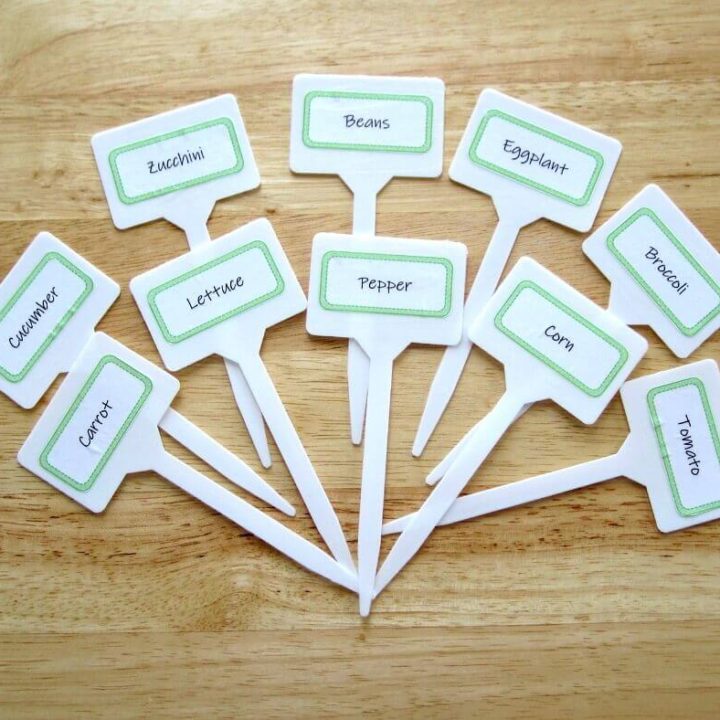
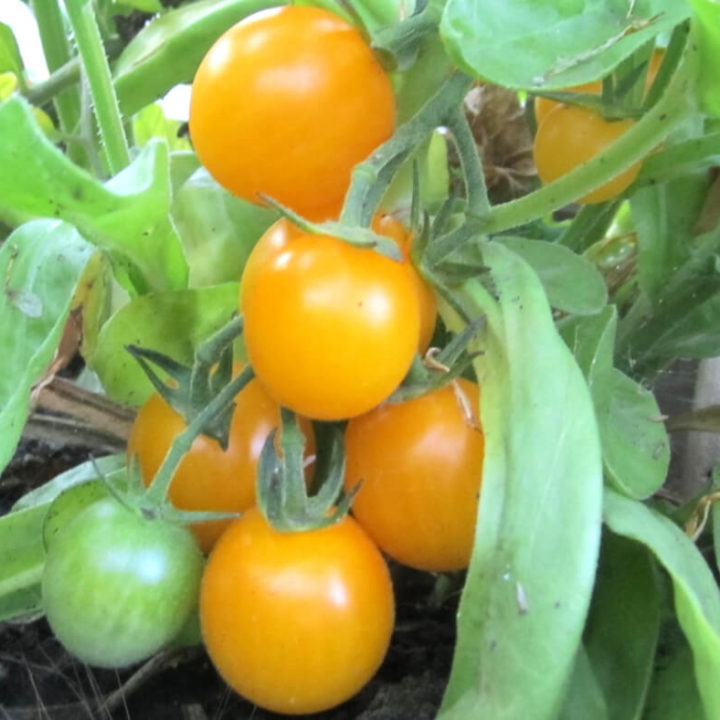
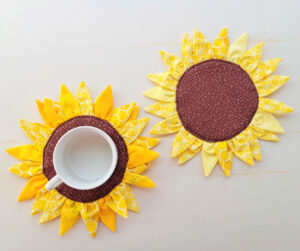





Leave a Reply